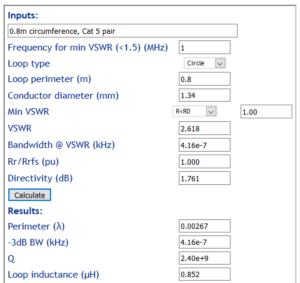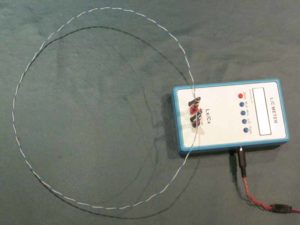My article G3LNP balun explored the operation of the G3LNP 4:1 balun on a 200Ω asymmetric load and found it exhibited extreme Insertion VSWR on what should have been an ideal impedance transformation but for the asymmetric element.
The balun is in fact a Voltage Balun and cannot be expected to work properly on asymmetric loads.
A correspondent proposes that the balun probably works very well on a nearly symmetric load such as a half wave dipole.
There are two aspectes to this proposition:
- the assumption that a common half wave dipole implementation is nearly symmetric; and
- the balun works well on a nearly symmetric load.









